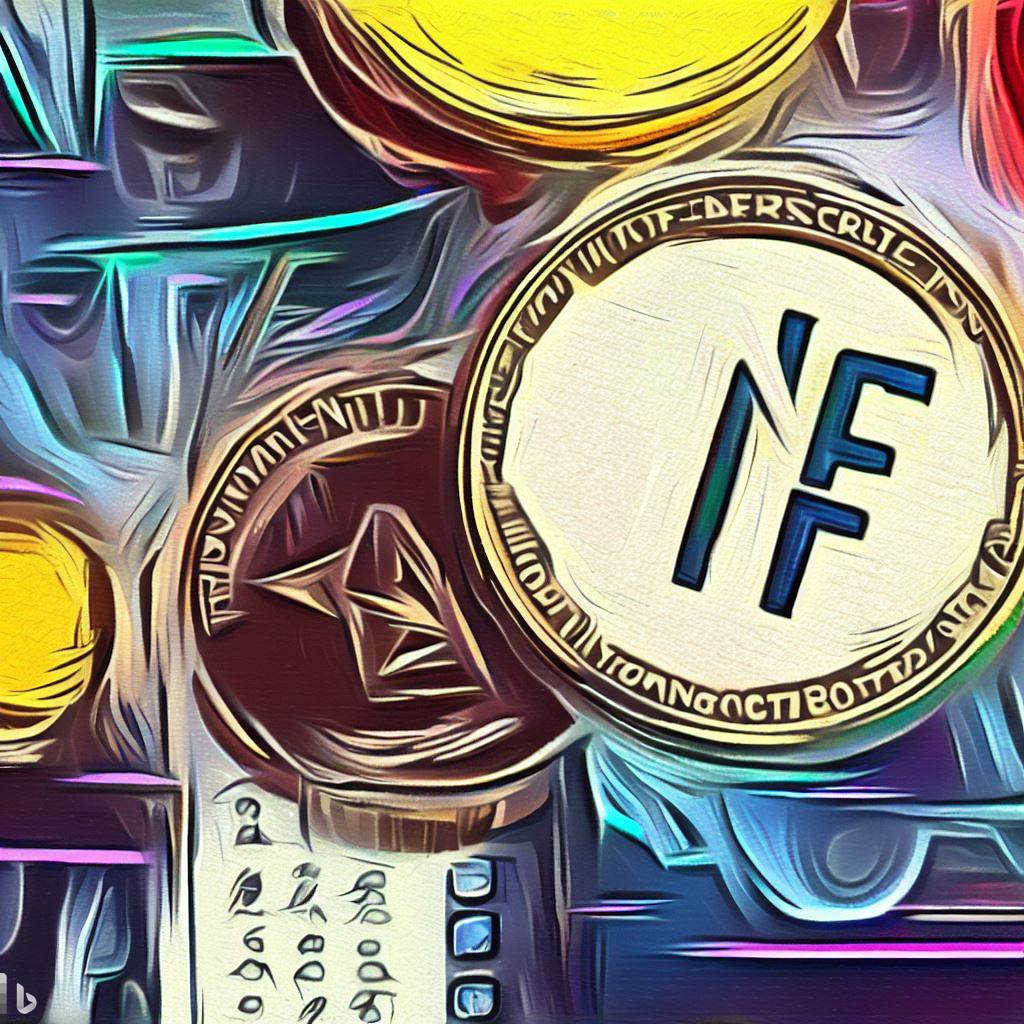However, I have been curious to understand and learn about the crypto market — how it all started, the challenges it faced, what led it to gain mass traction and subsequently the apparent downfall. (Temporary? Permanent? Only time will tell!) Even though some of my friends have been and still are proponents of cryptos (fungible, non-fungible et al.) I couldn’t really get indoctrinated into the crypto university. Driven by FOMO, there is a cult-like following for crypto-investing that feeds on humanity’s primal instincts of greed and fear. But isn’t almost everything in this capitalistic world based on these instincts? Sure, but do we really need another? Especially, one that’s complex, unregulated and highly volatile?
While the blockchain technology that backs crypto, has proven to be a game changer in several fields and the underlying philosophy of “eliminating a central authority” sounds perfect, let’s admit it- most crypto aficionados are not “in it for the tech.” Considering, there has been a major dip in the crypto market with many early adopters retreating, I was curious to dig into what’s keeping the ones who are still in it, HODLing? There seems to be something other than “just hope” that’s keeping the players in the game despite the decline.
I am far from an expert, but am certainly a keen observer of how the human race functions. And so I wanted to understand the psyche of crypto investing. Here are some interesting reasons I found that went beyond just hope:
The Tribe

Image by luis_molinero on Freepik
Every crypto enthusiast has a tribe- a smaller tribe that’s part of a larger tribe that’s part of an even larger tribe that spans all crypto fan(atic)s. And then there are these exciting communities, like the ones for NFT enthusiasts- the Bored Ape Yacht Club, CryptoPunks, and many more. People in these tribes may not have ever met but speak a common language that seems no less foreign than Klingon. With acronym slang like HFSP (Have Fun Staying Poor) and BTFD (Buy the F**in Dip), the tribe reminds fellow skeptics of the fortune they will miss out on if they bailed out during a “temporary” red. A shared camaraderie of beliefs makes people stay as they shout “WAGMI (We are all gonna make it!) in the cozy comfort of Reddit forums and Telegram groups.
The Sunk Cost Trap
The more I spoke with proponents of crypto, the more I was reminded of my professor Dr. Amarendu Nandy and his lecture on the sunk cost trap. Quoting from Investopedia,
“The sunk cost fallacy is based on the premise that committing to the current plan is justified because resources have already been committed.”
Having invested not just so much money but also so much time in learning, researching, and buying crypto assets, there’s too much sunk cost to go back now. Cognitive bias makes people stay invested, in fact, some want to keep investing to expand their portfolio even further.
The Halo Effect
From Elon Musk to Kim Kardashian, many of the early proponents of crypto were worshipped celebrities leading many fans to hop onto the trend. “If they are investing in it, it must be good,” the fans said, of course adding the mandatory DYOR (Do Your Own Research) at the end. Where those celebrities stand on crypto/NFT endorsements right now is a different story. A Bloomberg, “The disastrous record of celebrity crypto endorsements,” says “Matt Damon started touting crypto investing when Bitcoin was worth twice as much as it is now. Mike Tyson’s NFTs have plunged more than 90% since he introduced his collection.”
The New-Found Influence
Many early crypto enthusiasts went on to become crypto mini and micro-influencers. They found a new identity and were happy being hailed as crypto gurus within their own circles. They were the ones who scoured the net to devour as much information as they could and subsequently had a conversational edge during any crypto discussion. As they basked in the reflected glory, the mini-halo became a part of their identity as well, and who wouldn’t want to hold on to any form of self-validating authority? To continue to suggest holding in the crypto/NFT market directly benefits them and their influence.
The Entertainment Value

Long back Warren Buffett termed crypto as a “gambling device.” And what does gambling offer? A thrilling high risk and reward game that entertains the ones who are up for it. But that’s not the only entertainment value derived from it. The entire crypto culture has a lot to offer. From memes to merchandize, the popularity of crypto can be attributed to the light-hearted, fun-driven culture that is inseparable from the crypto market. It’s actually quite refreshing that so many people from across the globe have taken to a non-serious approach toward serious investing. This gets rid of the heaviness that often surrounds money in general. However, the danger of this could be a trivialization of crypto-investing as just another pop-culture element.
The Extra Risk Appetite
Most wise (again contentious) crypto investors have crypto as a small part of their portfolio, as a filler for their risk appetite for the “extra” money in their banks. A part of their money that if lost wouldn’t really affect their lifestyle and can be easily invested in crypto just to feel the titillation that the ups and downs of the market will bring. They hold on to the hope that they might one day be sitting on a pile of wealth thanking themselves for investing that little extra dough in crypto, not regretting the “if only.” When you ask “Why,” they simply ask back “Why not?”
“If I can I will” is their reasoning.
The universe of crypto assets — including fungible tokens, non-fungible tokens, and more — is a complex and diverse landscape, where proponents hold different beliefs and ideologies. Not everyone within the crypto space shares the same vision or supports each other. Some investors in the early currencies- Bitcoin or Ethereum, for instance, have reservations about the broader crypto community, and do believe that a lot of the crypto market is built on Ponzi schemes and get-rich-quick promises. Furthermore, not everyone is fully convinced that Web3 is the future, and it cannot be denied that the industry has its fair share of scams and unsustainable projects that are bound to fade away.
Despite these challenges and uncertainties, it is premature to declare the imminent demise of cryptocurrencies. Throughout its history, crypto has weathered numerous boom and bust cycles, demonstrating resilience and adaptability. However, investors and enthusiasts alike need to exercise caution and discernment when choosing where to invest, given the inherent volatility and risk in this space. Crypto is far from the ultimate panacea, but the underlying technologies do present compelling solutions to real-world problems. It did force Governments far and wide to rethink digital assets and address the changing needs of the new-age customer. Finance as an industry will always be subject to innovation. It’s always good to have people who are open to experimentation and novelty. However, as the industry evolves, it is crucial for us to stay informed and be careful while encouraging instruments that create more complications than they solve.
____________
Written By: Bhavana Pandey





